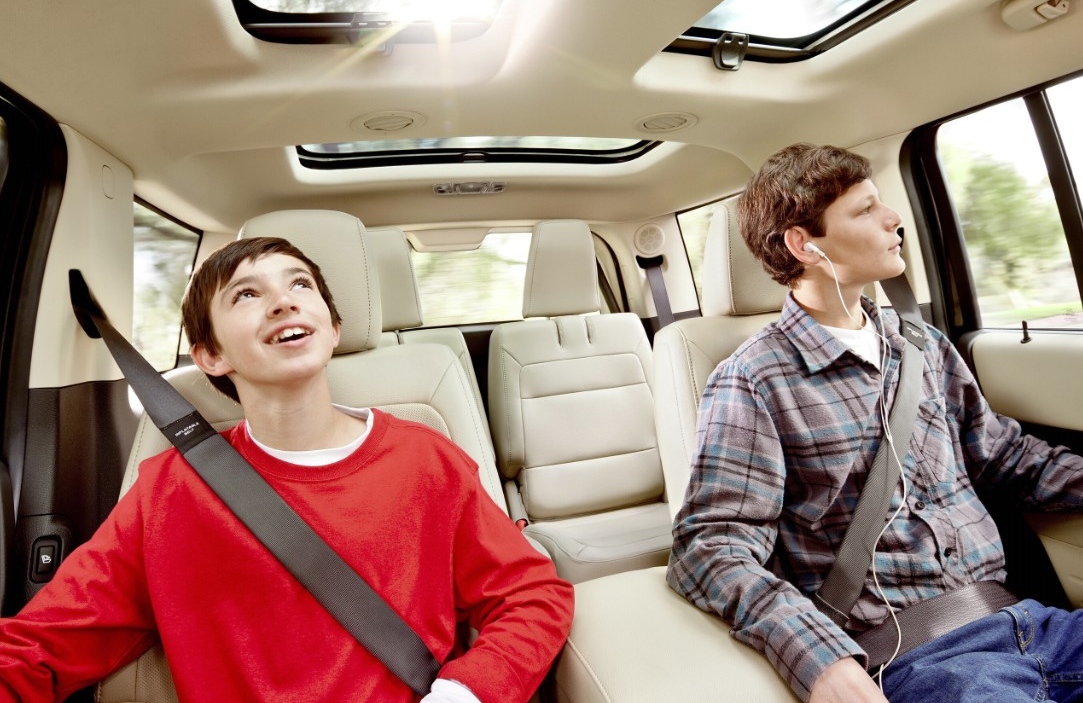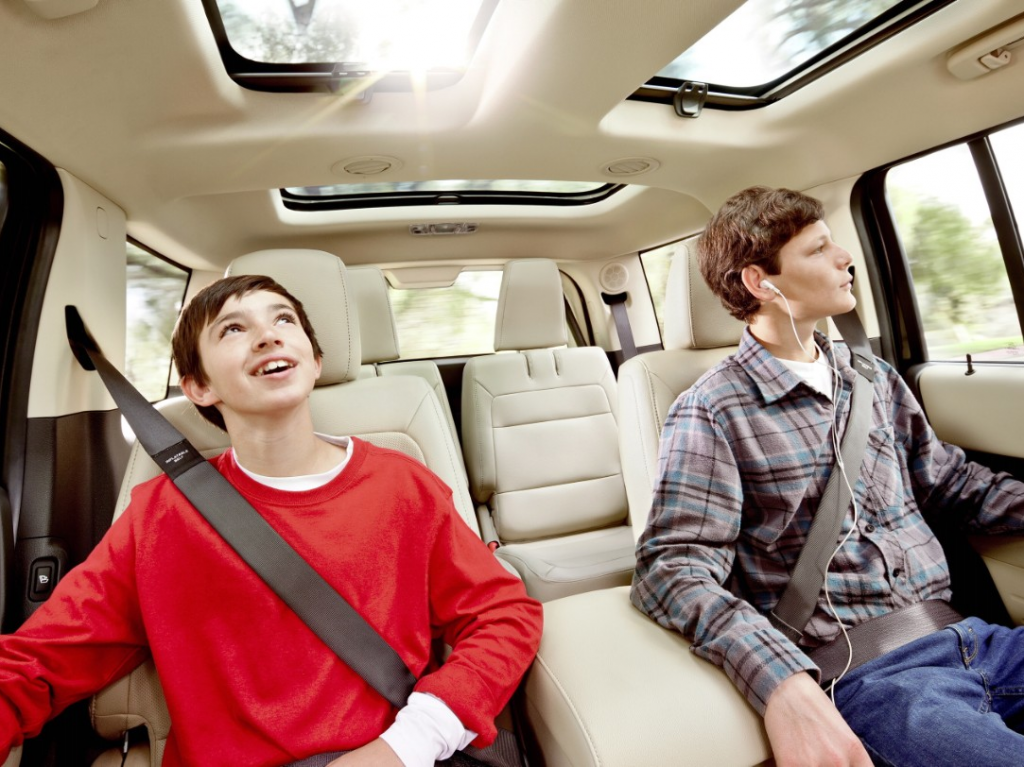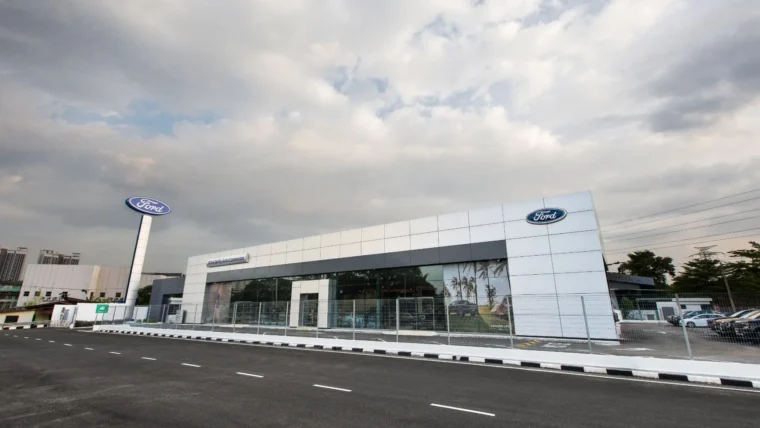As the automotive industry evolves over time, automakers try to come out with more passive and active systems in order to protect passengers in a car crash, or to avoid accidents altogether.
For instance, Ford has come up with inflatable seatbelts where in a crash, the inflatable safety belt deploys over a vehicle occupant’s torso and shoulder to help distribute crash forces up to an area five times more than a traditional safety belt. Spreading the pressure over a larger area helps reduce pressure on the passenger’s chest, and helps control head and neck motion.
Recently, Ford announced that the company is offering its patented inflatable safety belt technology to other companies and industries, including competitive automotive manufacturers. The availability of licenses may lead to the wider adoption of inflatable safety belts as other automakers seek to enhance passenger safety. The technology is potentially applicable to other forms of seated-passenger transportation, including military use, and airborne passengers travelling by helicopter or air-plane, and even for water travel.
“Ford’s longstanding commitment to democratizing technology goes beyond our customers,” said Bill Coughlin, president and CEO, Ford Global Technologies. “In this case, the wider adoption of inflatable safety belts has the potential to make travel safer and help mitigate passenger injuries – especially among children and the elderly.”
In addition to this technology, Ford makes many other patented technologies available for license. Some examples of available safety-related technologies are:
• Roll Stability Control continuously monitors the vehicle’s movement and its relationship to the road surface using a suite of vehicle dynamic sensors including roll rate. RSC automatically applies brakes and/or reduces engine power to help the driver avoid a potential rollover situation.
• “Surveillance mode” technology for Ford Police Interceptor was introduced to warn and help protect law enforcement officers from unexpected approaches to their vehicle from the rear.
• Ford’s Belt-Minder system was credited by the National Highway Traffic Safety Administration and the Insurance Institute for Highway Safety with increasing the buckle-up rate by reminding drivers with a persistent chime to wear their safety belts.
• Ford’s driver alert warning system computes a driver’s “attention level” and displays it in the instrument cluster upon request. The system gauges the driver’s attention level based on statistical analysis of lane information collected by the forward-looking camera and the vehicle’s directional changes. If the calculated driver’s attention level falls below a certain threshold (potentially caused by a tired driver), visual and audible warnings are given.
Other posts by AF Newsdesk








